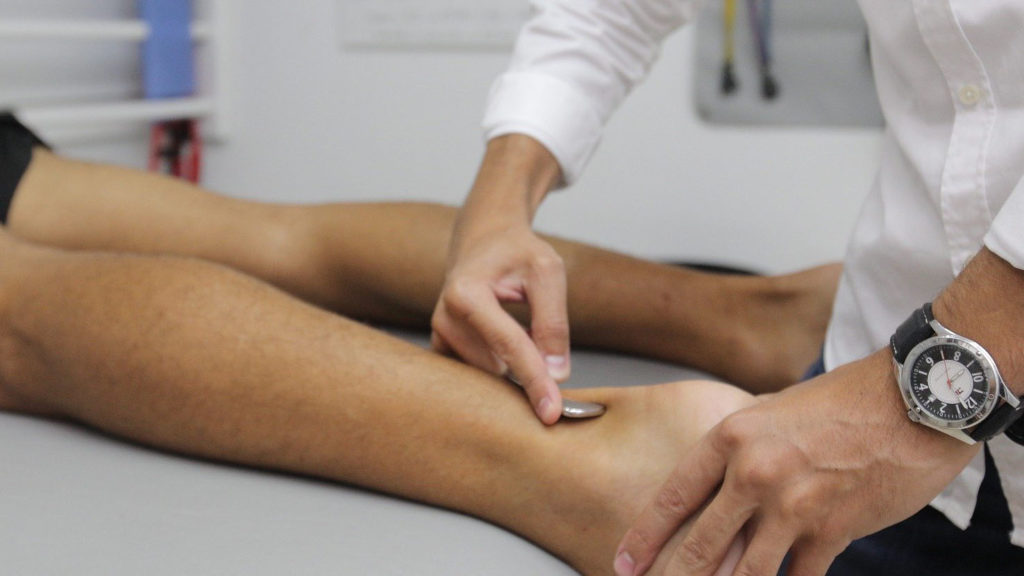
IASTM – soft tissue mobilization
IASTM stands for instrument-assisted soft tissue mobilization. There are a variety of massage and soft tissue release techniques commonly used by practitioners in many fields today. Manual soft tissue technique is when the provider uses his/her hands. Instrument assisted is when the provider uses a tool to help perform the soft tissue technique. Massage therapists, physical therapists, chiropractors, and acupuncturists are just to name a few that utilize manual and assisted soft tissue mobilization. The use of instruments in the detection and treatment of soft tissue disorders are being more advanced and more common year after year. The tools range from a variety of materials and the techniques vary, but they all strive to improve healing and get the patient feeling better faster.
What is IASTM?
IASTM stands for instrument-assisted soft tissue mobilization. What is that? Instrument assisted soft tissue mobilization is when a tool made of a variety of materials, is used to aid the provider in the detection and treatment of abnormalities in the soft tissue structures. Soft-tissue structures include muscle fibers, tendons, ligaments, and a fibrous layer of tissue called fascia that lays directly over the muscles itself. It is common for ligaments to sprain, muscles to tear, and fascia to become thick with scar tissue. The instrument can be used to aid the provider in providing deeper penetration of these bothersome structures. There are several therapeutic benefits with IASTM:
- Decrease fascial adhesions
- Decrease pain
- Decrease inflammation
- Increase flexibility
- Increase range of motion
Conditions Treated
As briefly discussed above, soft tissue structures such as tendons, ligaments, muscles, and fascia are common structures to be treated with a tool.
- Muscular injuries such strains, trigger points, scar tissue adhesions and specifically plantar fasciitis and iliotibial band dysfunction
- Tendinopathies such as shoulder impingement, golfer’s elbow, and tennis elbow
- Ligament injuries such as the ankle, hip, elbow, or shoulder sprains
- Nerve entrapment regions such as wrist (carpal tunnel) and shoulder (thoracic outlet)
What to Expect
Generally, when IASTM is chosen to be utilized, the patient actively stretches and warms up the area before treatment. Treatment is performed by the clinician. A topical cream may be applied to the area being worked to reduce friction across the skin. Usually, the patient remains still for the first part of the treatment, which is referred to as a static treatment. As the area is worked, the movement will be incorporated into the session advancing to active treatment. The patient will then be given stretches and exercises to perform at home to further improve the treatment benefit. For more information – Contact Miller Sports & Family Chiropractic today to get started on your journey towards feeling better physically.

Thanks for the explanation. It’s always good to learn more about ourselves and what makes us “tick”.